WRITING
Koolhaas’ Countryside Show Spirals at the Guggenheim in PIN-UP
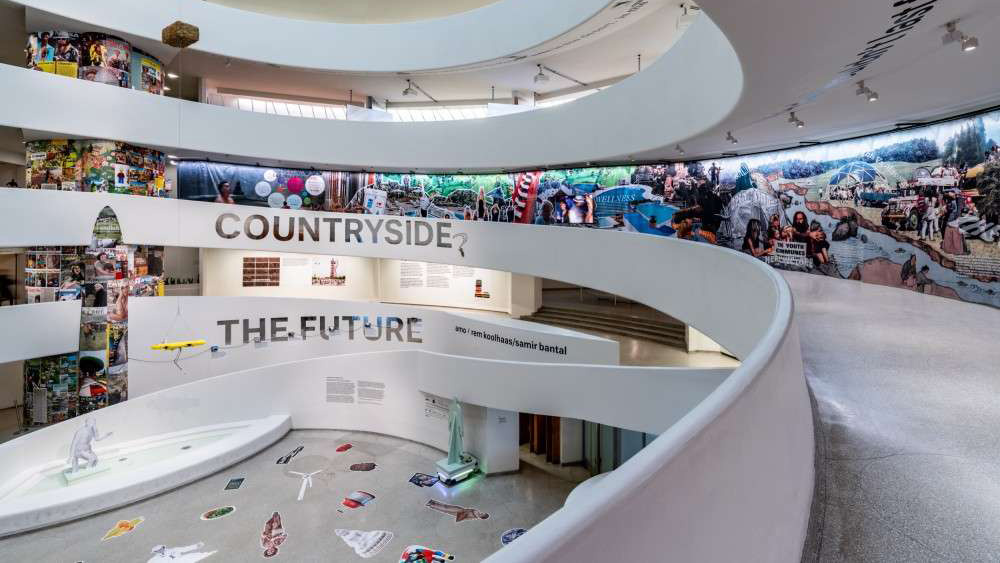
“A schizophrenic attempt at rural rediscovery in atonement for Rem’s (and our own) myopic urban worldview....”
The Dreamhouse in Artforum

“THE SPECTRUM WAS ONE OF THOSE RARE PLACES in the world where you could feel totally free. It was an art space, illegal nightclub, and ephemeral proof in the possibility of building an alternative queer utopia....”
Design by Night in PIN-UP

“The spatial arrangement of a club, the materiality of its walls, and the attractiveness of its lighting should make you feel a certain way. A good club transports you. It displaces you from normal life. Form follows fantasy...”
Poland’s Women Are in the Streets in The Nation

“The daily protests deploy cohesive, Internet-friendly organizing tactics and symbols...the Telegram group in Krakow is called Solidarność nasza bronią: “Solidarity is our weapon.” And much like the Solidarity movement strikes in the 1980s, the current Women’s Strike movement is clamoring to remake a divided Poland...”
FULL CIRCLE in Artforum
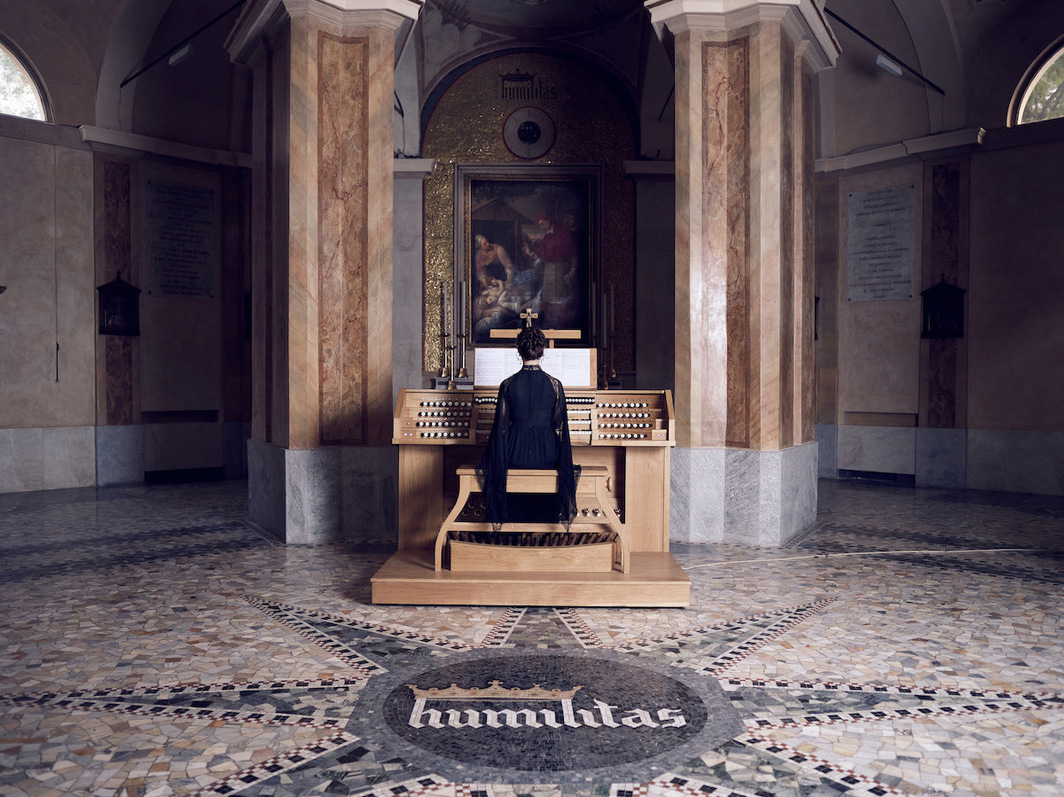
“In the sixteenth centry, San Carlo al Lazzaretto was built as a field altar that permitted plague victims to eat of the body and drink of the blood in open air. Two Fridays ago, the church was hemmed in not by the sick, but by loud bargoers unaware of a different form of communion taking place inside...”
LSDXOXO: STAGING THE FULL FANTASY in 032c

“If LSDXOXO is the vaccine, I’ll take 1000 doses...A creative force on the underground queer club scene, LSDXOXO makes his major-label debut with XL Recordings.””
Berlin Votes on Whether to Expropriate Landlords in The Nation

“While seizing 200,000 of the 1.5 million rental apartments in Berlin is far from a panacea to the city’s housing woes, activists hope the vote this Sunday not only prompts immediate action to lower housing costs but also invites people here and abroad to imagine de-commodifying housing as politically possible and popular.”
REVENGE OF THE REAL in 032c

“In the sixteenth centry, San Carlo al Lazzaretto was built as a field altar that permitted plague victims to eat of the body and drink of the blood in open air. Two Fridays ago, the church was hemmed in not by the sick, but by loud bargoers unaware of a different form of communion taking place inside...”
Astrit Ismaili Transcends Their Body by Building a New One in i-D

“Yet, in our conversations, Astrit conveys a subtle vexation in the way critics interpret the link between their art and identity. Although driven by a clear desire to give voice — literally, through song—to young Kosovars struggling with similar questions of identity, Astrit approaches such categories playfully rather than earnestly. In recent years, in fact, their work has focused less on reacting to the oppression of real-life identity politics, and more on figuring out how to transcend them altogether....”
Melting Point is the NYC Rave Crew Supporting Immigrant Rights in Mixmag

“Melting Point, an upstart Brooklyn collective, serves challenging music for challenging times. In nights that can slip between leftfield techno, rowdy noise acts, and reggaeton, the party channels rave escapism with punk’s confrontational edge to raise awareness—and direct cash donations—for immigrant rights...”
Fake Fashion: CFGNY’s State-sponsored Bootleg Runway Show Questions Ideas of Identity and Race in PIN-UP

“In the eyes of Nguyen and CFGNY’s co-founder Daniel Chew, the capsule collection of “fake” garments presented at the venerable Dutch museum followed a design process very similar to the European houses that inspired the pieces: copying or appropriating old designs to create new styles. While that analogy may rub the fashion industry the wrong way, CFGNY seeks to actively question threadbare Western assumptions that link artistic and material value with race...”
Angelwave is the Euphoric Future of Moscow's Rave Scene in i-D
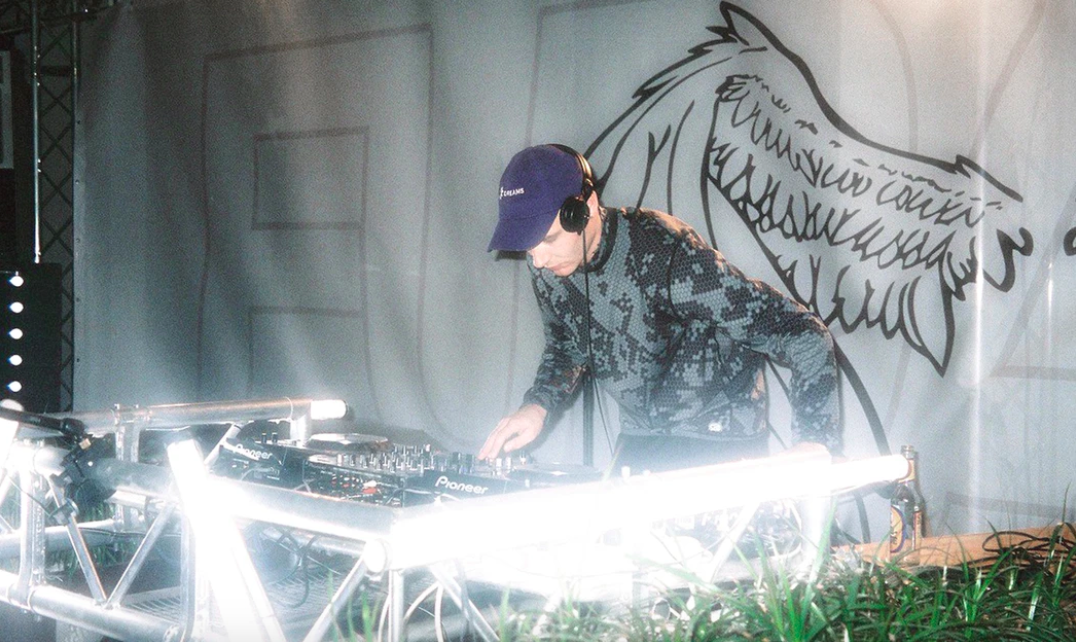
“‘Angelwave is the party of the future,’ Gleb Sereda assures me about the Moscow event series he curates under the name ໂ 𝓾 𝓻 𝓪 𝓼 𝓼 𝓲 𝓪. Combining experimental trance music, a student-age crowd decked head-to-toe in white, and an ideological penchant for all things “light,” the parties certainly offer a welcome contrast to the normally dark, late-night affair that is nightlife in the Russian capital...”
'Cruising Pavilion' at Venice Biennale Shows How Public Gay Sex has Shaped Architecture in i-D
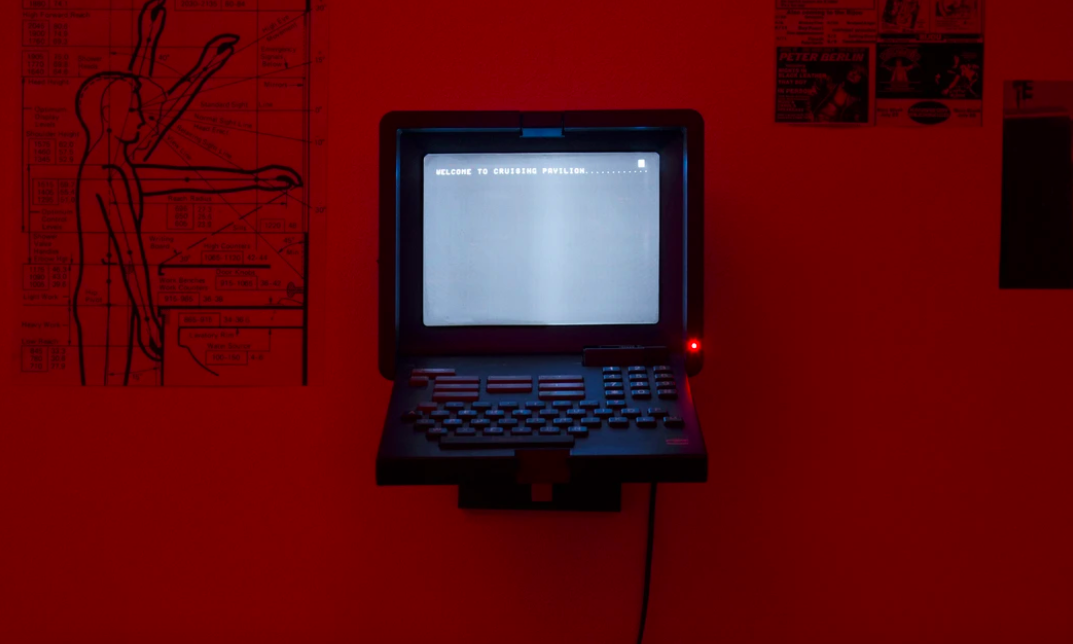
“A whiff of poppers is not a typical greeting to visitors at an architecture opening. But with its plywood glory holes, dim red lights, and darkroom floor plans, the Cruising Pavilion at this year’s Venice Architecture Biennale is a provocative, sexy antidote to the official programming across the lagoon. Proclaiming that “architecture is a sexual practice,” the alternative exhibit highlights the way contemporary and historic cruising practices have shaped modern cities and the queer experiences in them...”
RESEARCH
Neighborhoods Now: Tools for Community-Led Recovery for the Urban Design Forum

“A digital toolkit featuring designs, guidelines, and strategies to aid safe reopening and recovery from the COVID-19 pandemic. Each tool you find here was created by neighborhood-specific coalitions of community organizations, architects, engineers, lawyers, and planners.”
Along with a core team at the Urban Design Forum and the Van Alen Insitute, I spearheaded the launch of Neighborhoods Now, an initiative channeling pro-bono resources from New York-based design firms into community-driven recovery strategies. Throughout summer 2020, we partnered with neighborhood organizations to produce a set of design recommendations and prototypes addressing immediate needs for COVID-19 awareness campaigns, open air dining, and outdoor education and wellness activities.
Learning from Cable News’ Coverage of the Trump-Russia Collusion Scandal in The Columbia Journalism Review

“Cable new channels systematically favored the Trump-Russia collusion scandal for nearly three years, clogging the information pipeline citizens depend on to ground their civic participation.”
Working as a researcher and writer for Harmony Labs, a media research group, I examined closed-captioning transcripts of cable news programs catalogued between election day and April 19, 2019. Enlisted a machine-learning model to analyze these three years of transcripts from cable news networks, I scrutinized the mainstream media’s long love affair with the Russian collusion narrative and Mueller investigation.
Ideological Polarization and Factionalism in U.S. Political Parties for the Freidrich Ebert Stiftung

“Mapping various factions in the Democratic and Republican Parties challenges the popular portrait of contemporary American politics as increasingly partisan, with black-and-white differences between those supportive of and oppositional to President Donald Trump. While the Trump Presidency has certainly galvanized politicians and voters to make uncompromising “us vs. them” statements, this binary masks significant variation within each party—both in terms of policy positions and candidates’ approach to the current political situation.”
In the lead up to the 2018 U.S. Midterm Election, I worked with Dutch electoral politics research firm Kieskompas to produce a report on ideological polarization and factionalism in U.S. political parties for German think-tank Friedrich Ebert Stiftung, an affiliate of the Social Democratic Party (SPD). I reviewed past literature and theories of polarization in the U.S.; identified factions within each political party and candidates to represent them; coded issue statements and candidates along a two-axis political spectrum; and composed a report analyzing the outcomes of the candidate mapping and coding exercise, in addition to results from a survey we conducted of American voters.
Conflict Urbanism: Language in Transit for the Columbia Center for Spatial Research
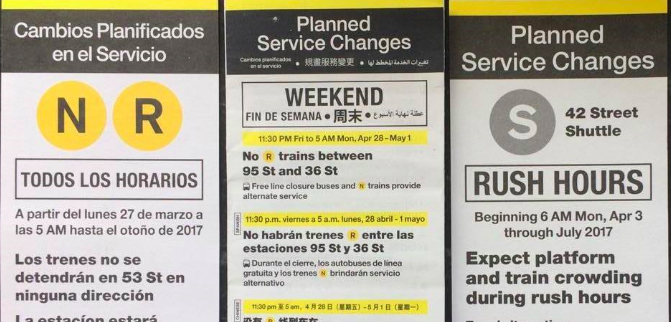
“The choices about the language(s) officially displayed in transit systems are political. As public spaces, the language(s) used by, and found in the system are a reflection of wider laws and attitudes towards language diversity in a city. How does the transporation system of a global city respond to its liguistically diverse population?”
As part of the ‘Confict Urbanism: Language Justice’ multidisciplinary seminar and research project at Columbia Center for Spatial Research (affiliated with GSAPP), I comparatively studied the language policies of the New York City and Montreal transportation authorities. Contributing to a larger research effort exploring how language manifests in the spatial patterns of New York City, I conducted field research on the NYC subway, photographed and cataloged findings, and reviewed local and national language laws.
C.V.
Please contact me at acpasquier@gmail.com for a full C.V.
CONTACT
Please contact me at acpasquier@gmail.com